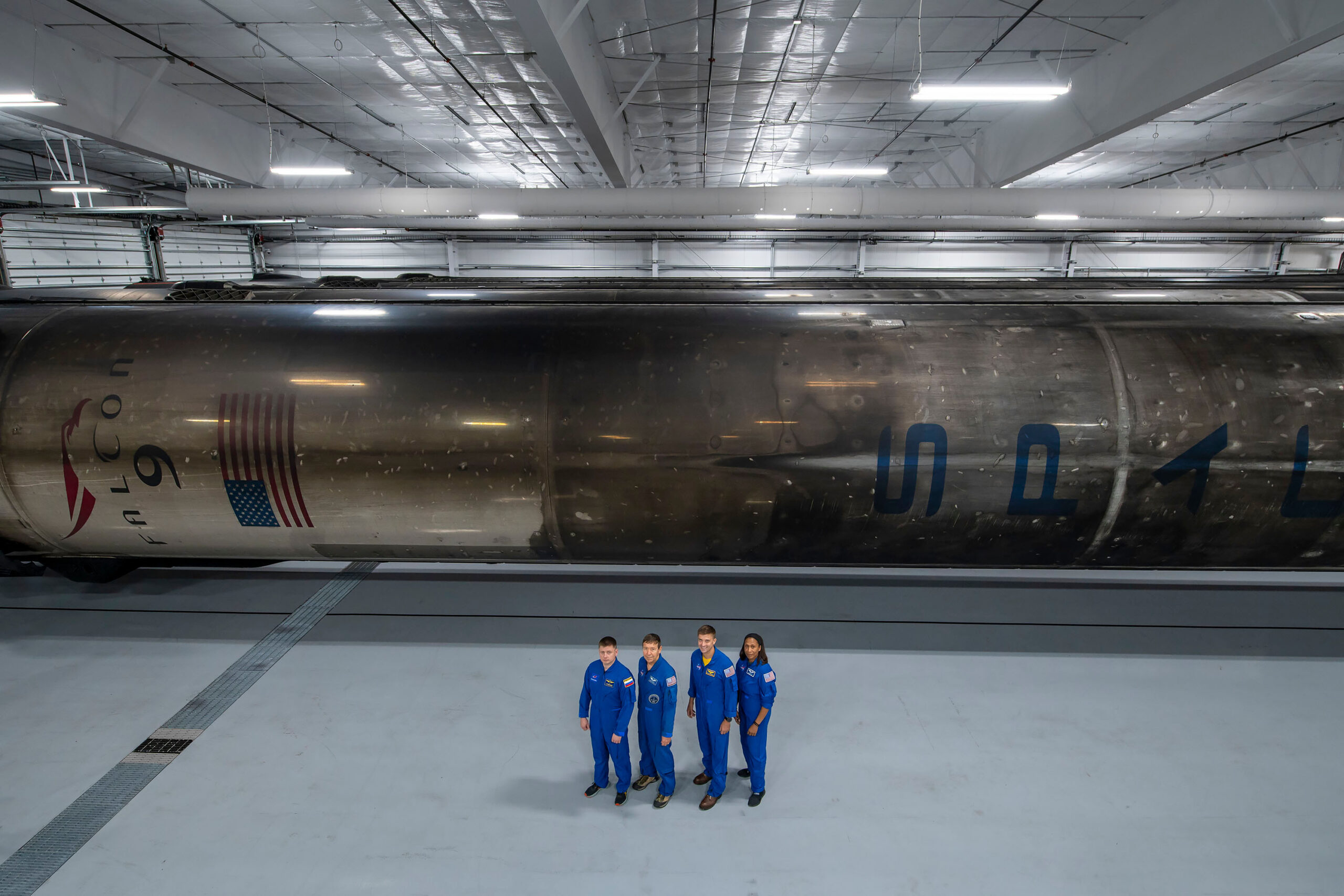
Four humans including the oldest long-duration crew member ever to live on the International Space Station (ISS) are targeting an 11:16 p.m. EST Saturday liftoff from historic Pad 39A at Florida’s Kennedy Space Center (KSC) to begin their six-month stay aboard the sprawling orbital outpost. Sixty-four-year-old physician and NASA flight surgeon Mike Barratt, 42-year-old U.S. Navy fighter and test pilot Matt Dominick, 53-year-old former CIA technology officer and aerospace engineer Jeanette Epps and 41-year-old Russian Air Force officer and aviation engineer Aleksandr Grebenkin will occupy the station through late August, supporting hundreds of research experiments and welcoming or bidding farewell to over ten visiting vehicles.
NASA and SpaceX teams last night elected to forego an initial pair of “instantaneous” T-0 opportunities at 12:04 a.m. EST and 11:41 p.m. EST Friday, due to predicted unfavorable weather conditions in offshore regions of the ascent flight path. “High wind and waves along the eastern seaboard have been observed and are forecast to continue through Saturday morning,” NASA explained. “In the unlikely case of an abort during launch or the flight of Dragon, the wind and wave conditions must be within acceptable conditions for the safe recovery of the crew and spacecraft.”
Dominick, Barratt, Epps and Grebenkin will ride Endeavour, the most flight-seasoned of SpaceX’s active fleet of four operational Crew Dragons and the first to reach a fifth orbital voyage. Endeavour entered space for the first time on the historic 64-day Demo-2 mission between 30 May and 3 August in 2020, receiving her name from NASA astronauts Doug Hurley and Bob Behnken who both flew the now-retired shuttle Endeavour on their first flights.
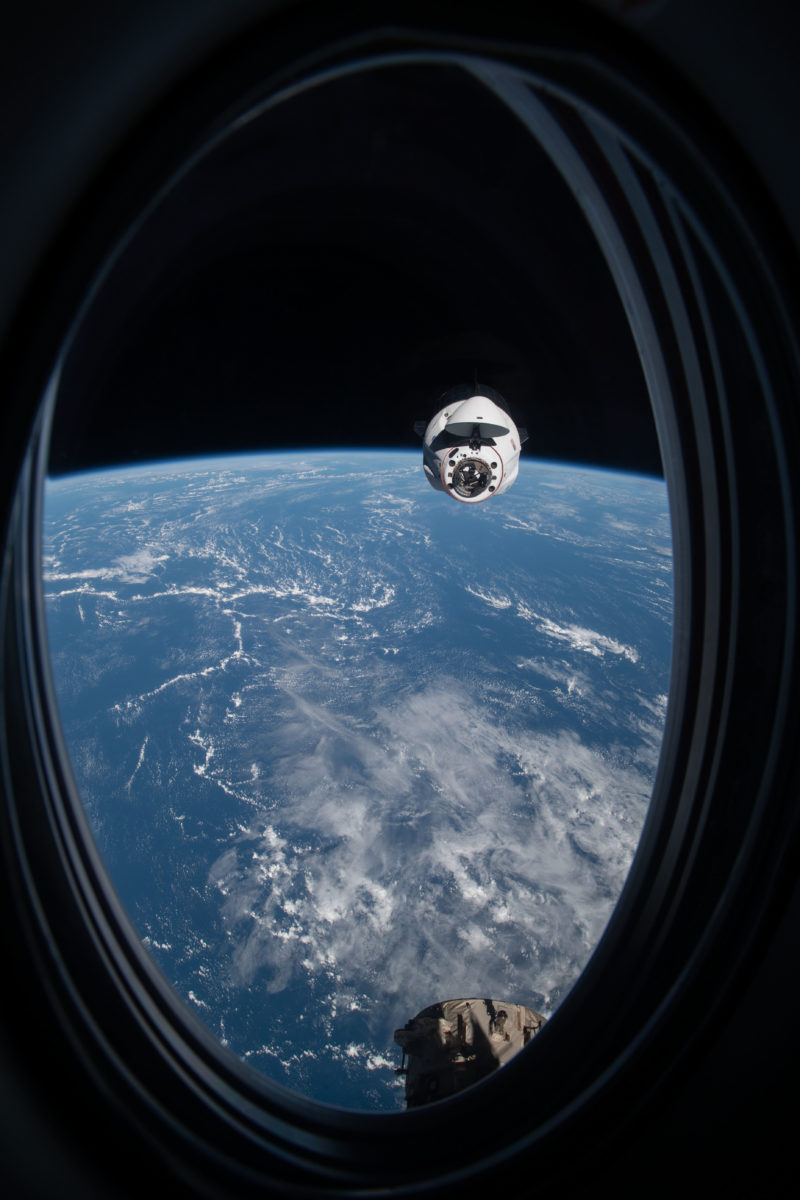
She went on to log three additional missions, ferrying four Crew-2 astronauts from the United States, France and Japan to the ISS between April and November 2021 on a 199-day voyage that set a new record for the longest single spaceflight ever undertaken by a U.S. crewed vehicle. More recently, Endeavour enabled the 17-day Ax-1 in April 2022, the first Private Astronaut Mission (PAM) for Houston, Texas-based AxiomSpace, Inc., and last year she spent another six months in space in support of the 186-day Crew-6.
All told, Endeavour logged a cumulative 466 days, 17 hours and 39 minutes in flight, traveled more than 196 million miles (316 million kilometers) and circled the Home Planet over 7,460 times. By contrast, her shuttle namesake accrued 299 days in space, covered 122 million miles (197 million kilometers) and completed over 4,670 Earth orbits across her 25 missions between May 1992 and June 2011. Several Dragon Endeavour flyers—Hurley and Behnken, plus Shane Kimbrough, Mike Lopez-Alegria and Steve Bowen—also flew launched and landed aboard the historic shuttle.
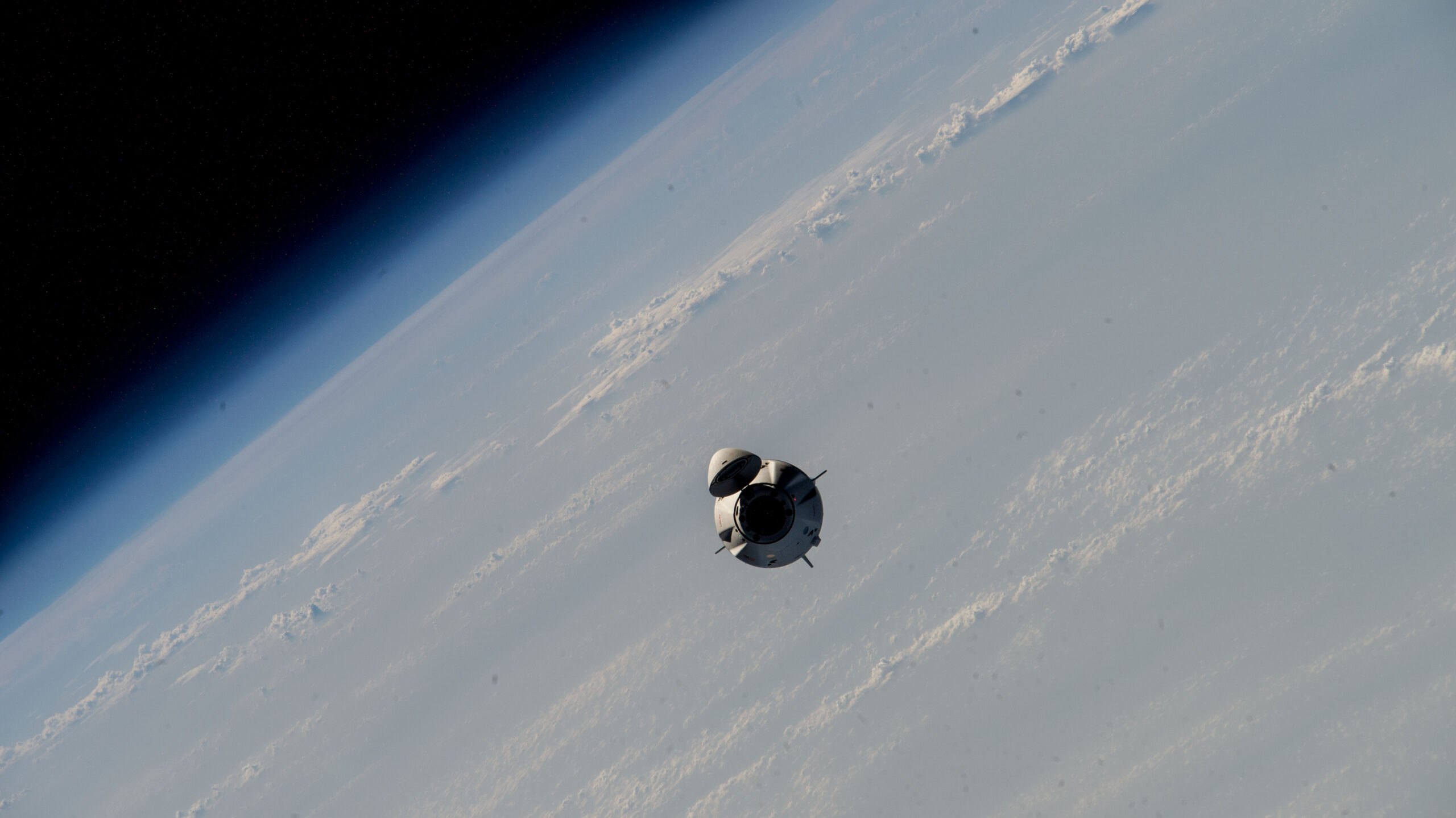
Crew-8 will be the ninth crew-carrying voyages of a Crew Dragon under the Commercial Crew Program, following Demo-2 and seven rotational flights which exchanged long-duration astronauts and cosmonauts aboard the ISS in an almost-unbroken chain of back-to-back missions since November 2020. NASA named Dominick, Barratt, Epps and Grebenkin to the crew last August, with original expectations that the foursome would fly “in early 2024”, a date narrowed late last month to the mid-to-late-February timeframe.
Dragon Endeavour concluded pre-flight processing just prior to Christmas, when she underwent propellant checks and final systems closeouts. Dominick, Barratt, Epps and Grebenkin visited KSC in mid-January to see their ship, donning their customized SpaceX launch and entry suits to clamber aboard the spacecraft and evaluate environmental controls, audio loops and seating configurations. They also completed pre-launch emergency egress exercises at Pad 39A itself.
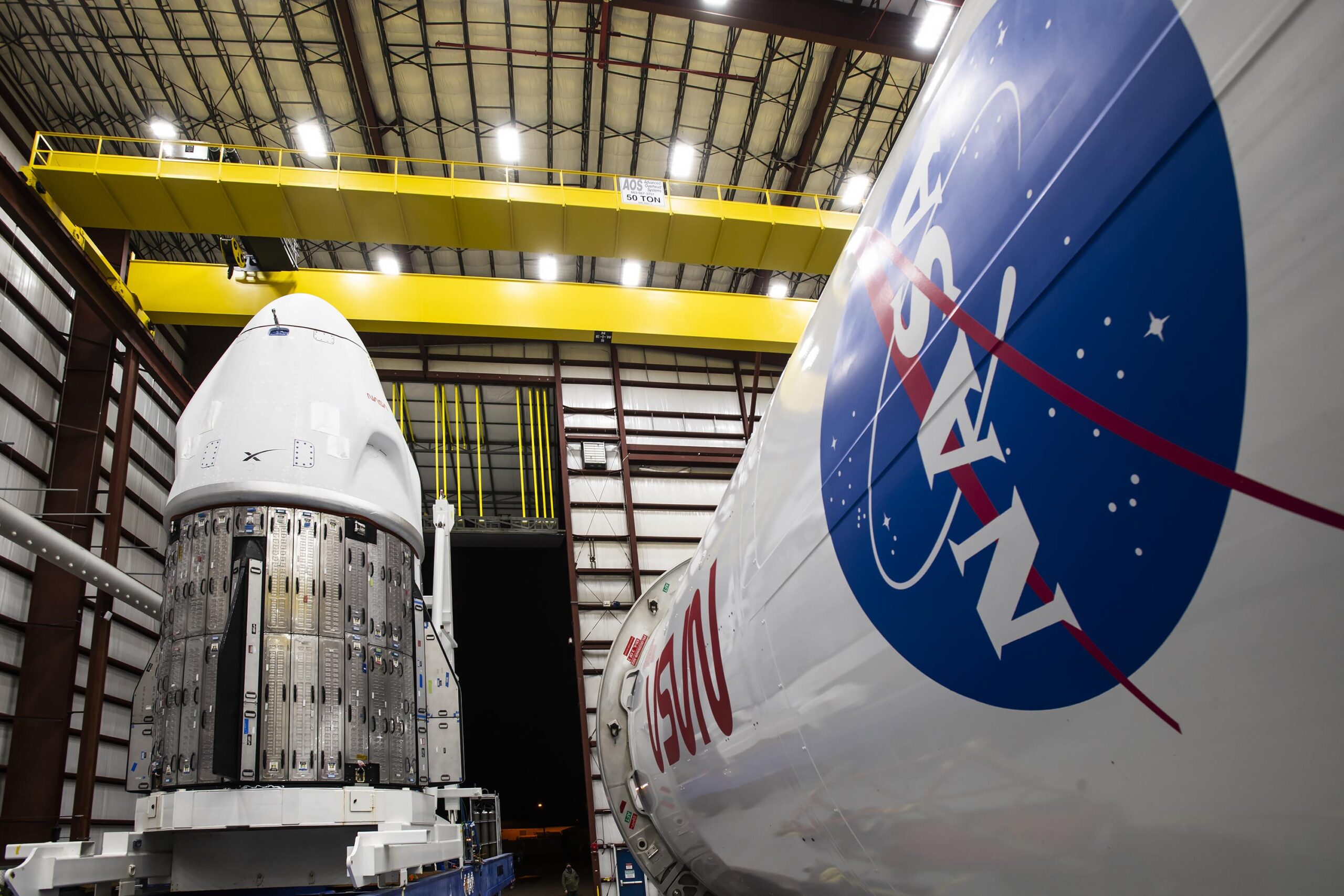
Their unflown booster—tailnumbered “B1083”—becomes the second brand-new Falcon 9 to enter the steadily burgeoning fleet so far in 2024, having arrived in Florida from SpaceX’s Rocket Development Facility in McGregor, Texas, on 22 January. It was mated with its second stage and on 21 February, following final propulsion system checkouts and installation atop her unpressurized “trunk”, Dragon Endeavour arrived at the base of Pad 39A for integration atop the 230-foot-tall (70-meter) Falcon 9.
But in the meantime, Crew-8 came nose-to-nose with another Pad 39A occupant in the form of Intuitive Machines’ IM-1 lunar mission, targeting a narrow “launch window” in the mid-February timeframe to deliver the Odysseus lander to the Moon’s South Pole as part of the NASA-led Commercial Lunar Payload Services (CLPS) program. Launched a day later than intended on 15 February, NASA announced that it was tracking towards the tail end of February for the Crew-8 launch, a date which ultimately firmed-up with confirmation of T-0 at 12:04 a.m. EST on 1 March.
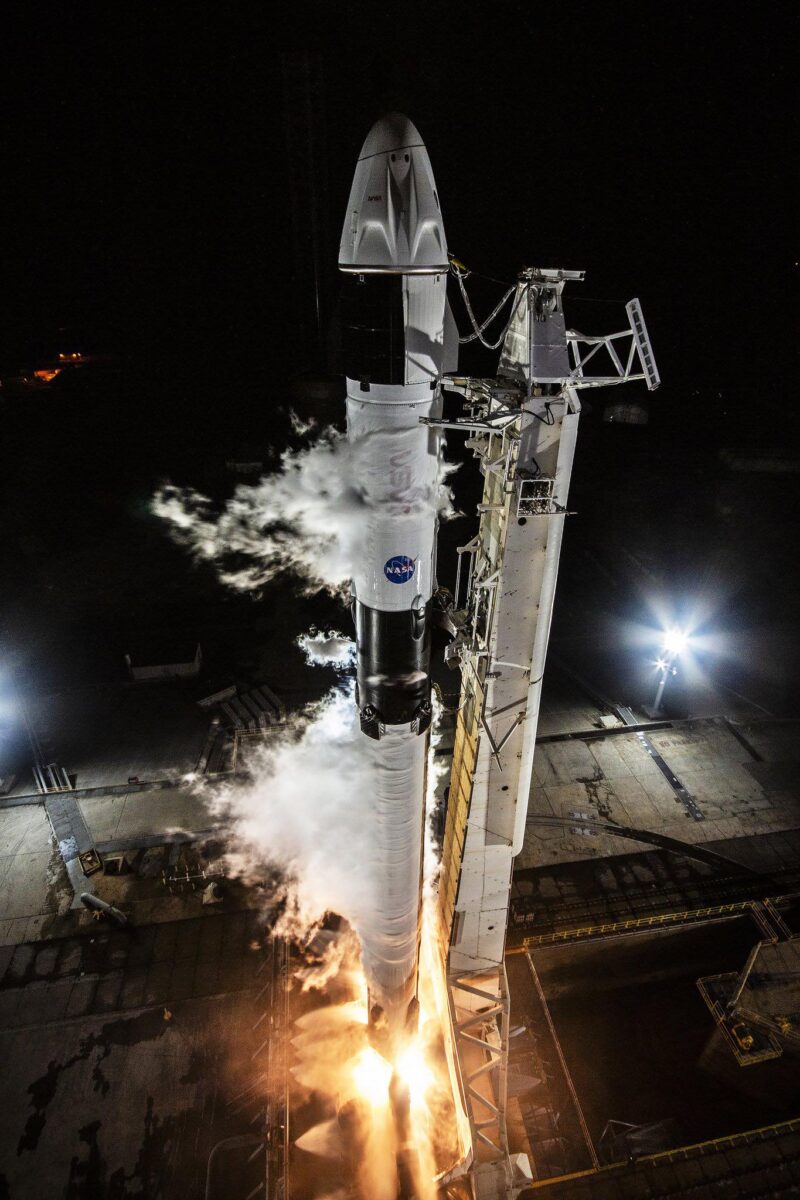
In readiness for launch, the Crew-8 quartet arrived in Florida aboard a Gulfstream business jet last Sunday to continue their pre-flight quarantine and overnight Monday/Tuesday participated in a fully suited “Dry Dress Rehearsal” of their day-of-launch activities at Pad 39A. The Falcon 9 booster was also put through a customary Static Fire Test of its nine Merlin 1D+ engines later that same night.
But yesterday, NASA and SpaceX opted to forego both the primary and backup T-0 points at 12:04 a.m. EST and 11:41 p.m. EST on 1 March and aim instead for the third possible opportunity, targeting No Earlier Than (NET) 11:16 p.m. EST on the 2nd. Teams cited high winds and waves along the ascent corridor, which might hamper Dragon Endeavour in the unlikely event of an abort and emergency splashdown.
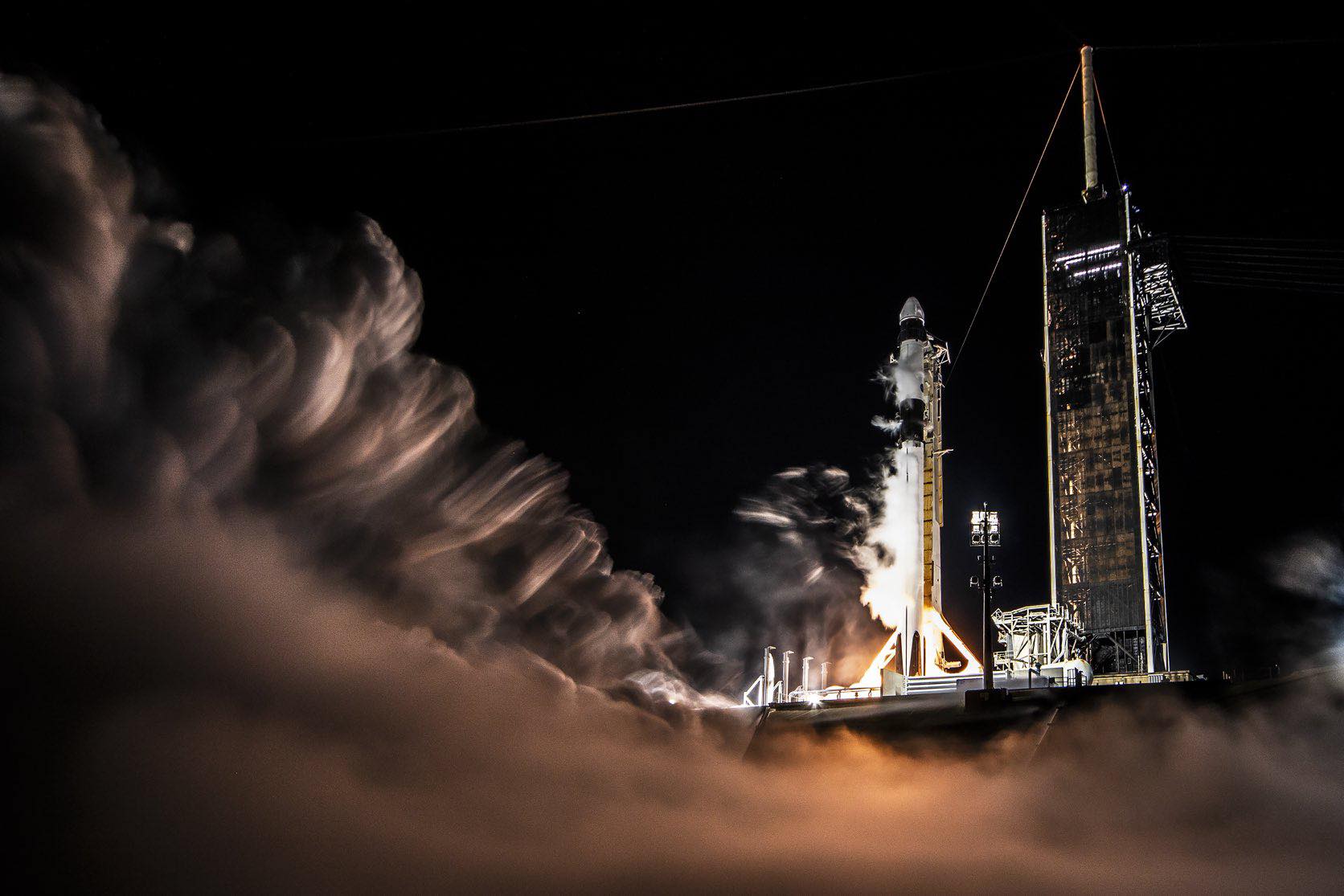
However, the weather outlook for Saturday evening is looking to be only around 40-percent-favorable, following the predicted arrival of a weak surface boundary with clouds, isolated rain showers and gusty winds. “On both backup days, the base of the upper-level clouds will low beneath the -20 degrees Celsius (-4 degrees Fahrenheit) level, adding a thick cloud concern to the isolated showers,” noted the 45th Weather Squadron at Patrick Space Force Base in a Wednesday afternoon update. “The ascent corridor weather will also deteriorate over the weekend, with precipitation and unfavorable winds continuing for several days.”
If Crew-8 gets off the ground late Saturday night, Dragon Endeavour will separate from the Falcon 9’s second stage about 12 minutes into the flight and commence a daylong trek to dock at the forward-facing port of the space station’s Harmony node about 15 hours and ten Earth orbits later at 2:10 p.m. EST on 3 March. Dominick, Barratt, Epps and Grebenkin will be welcomed aboard the complex by incumbent Expedition 70 Commander Andreas Mogensen of the European Space Agency (ESA), his NASA crewmates Jasmin Moghbeli and Loral O’Hara, Russian cosmonauts Oleg Kononenko, Konstantin Borisov and Nikolai Chub and Japan Aerospace Exploration Agency (JAXA) astronaut Satoshi Furukawa, all of whom have been in space since last summer.
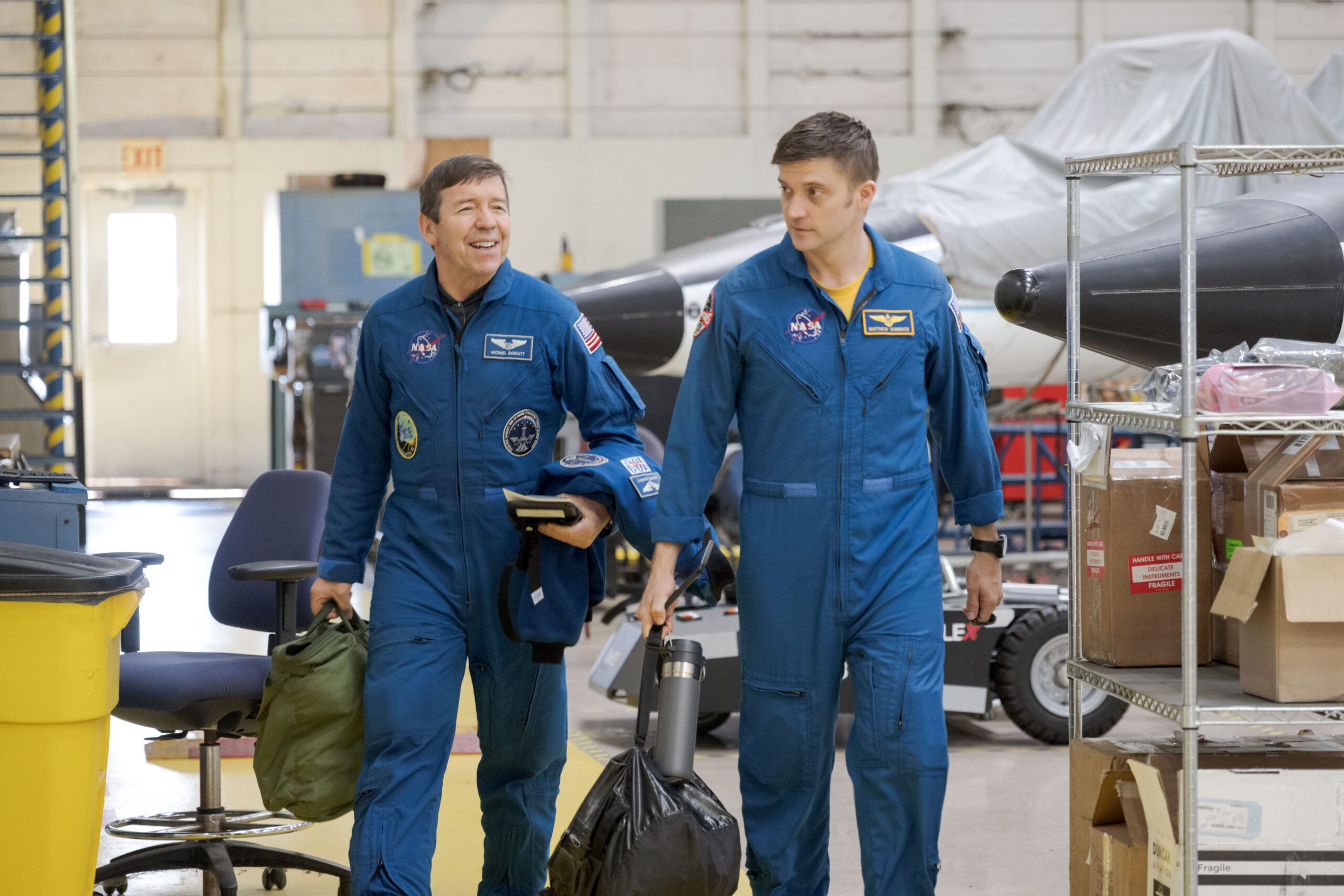
After between five and seven days of “direct” handover operations with the outgoing crew, Crew-8 will bid farewell to Crew-7’s Moghbeli, Mogensen, Furukawa and Borisov, who will return to Earth in early March aboard the three-times-used Dragon Endurance, splashing down off the Florida Coast to wrap up more than six months in orbit. And Dominick, Barratt, Epps and Grebenkin will fold into the second half of Expedition 70, under the command of Kononenko, who last month eclipsed Russia’s Gennadi Padalka as the world’s most experienced space traveler and will in June become the first human to pass a cumulative 1,000 days off the planet.
Eleven crew members will drop back to a standard seven-person crew complement for the station, before Soyuz MS-25 launches from the Baikonur Cosmodrome in Kazakhstan on 21 March, carrying Russian cosmonaut Oleg Novitsky, NASA astronaut Tracy Dyson and the first national space traveler of Belarus, Marina Vasilevskaya. Their arrival will expand Expedition 70 to ten astronauts and cosmonauts, with Novitsky and Vasilevskaya returning to Earth around 2 April shoulder-to-shoulder with NASA astronaut Loral O’Hara, who will conclude more than six months on the ISS.
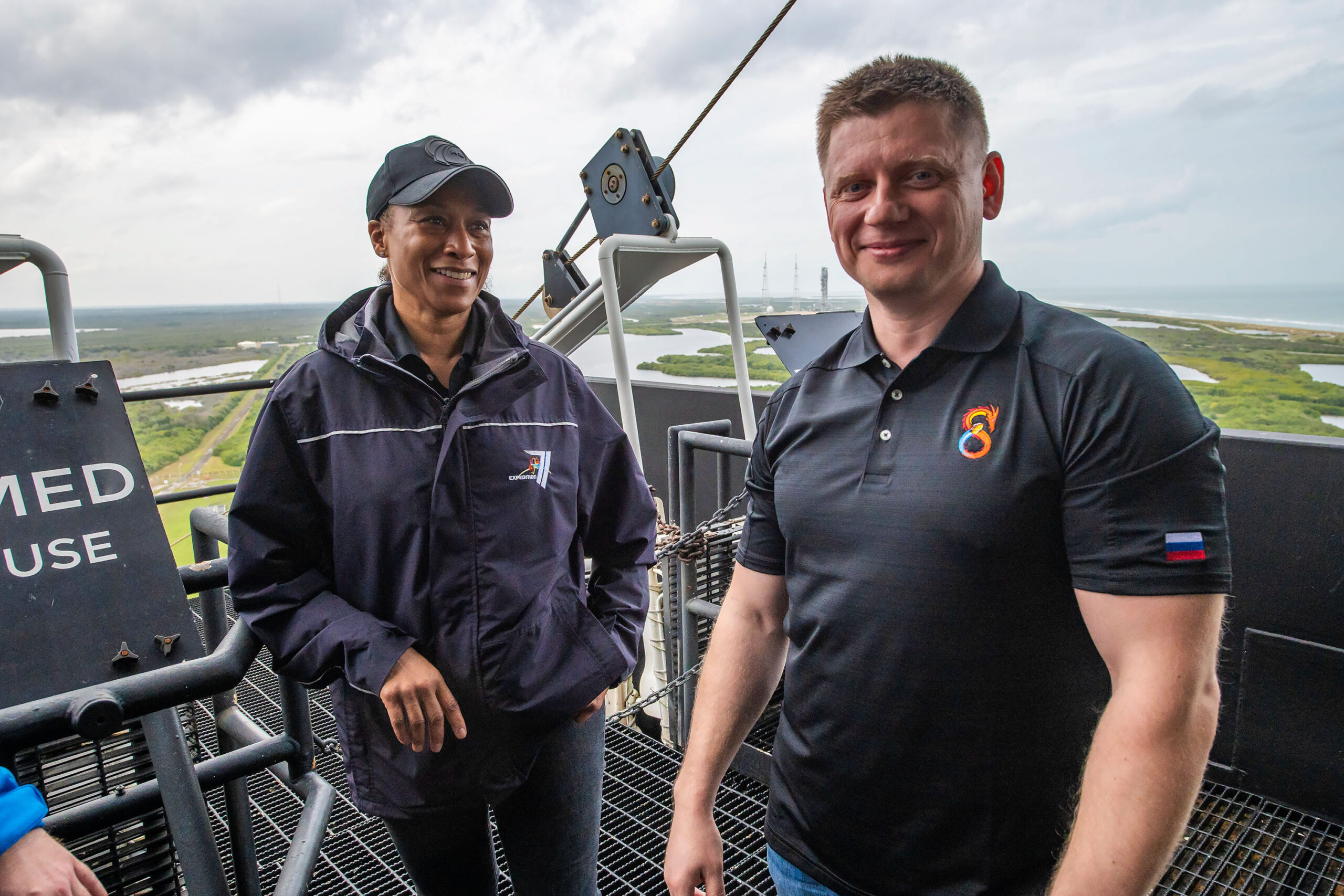
Novitsky, Vasilevskaya and O’Hara will come home aboard Soyuz MS-24, leaving the “fresh” MS-25 docked at the station as an emergency escape vehicle and eventual return craft for Kononenko, Chub and Dyson in late September. And with their departure, Expedition 71 will officially commence under Kononenko’s command.
And a busy increment lies in store for the integrated U.S./Russian Expedition 71 crew. Aboard the U.S. Operational Segment (USOS), Barratt, Dominick, Epps and Dyson—the first all-American USOS team since Expedition 63 in mid-2020—will support hundreds of research investigations, from studies of neurological organoids, plant growth and shift of body fluids under conditions of microgravity.
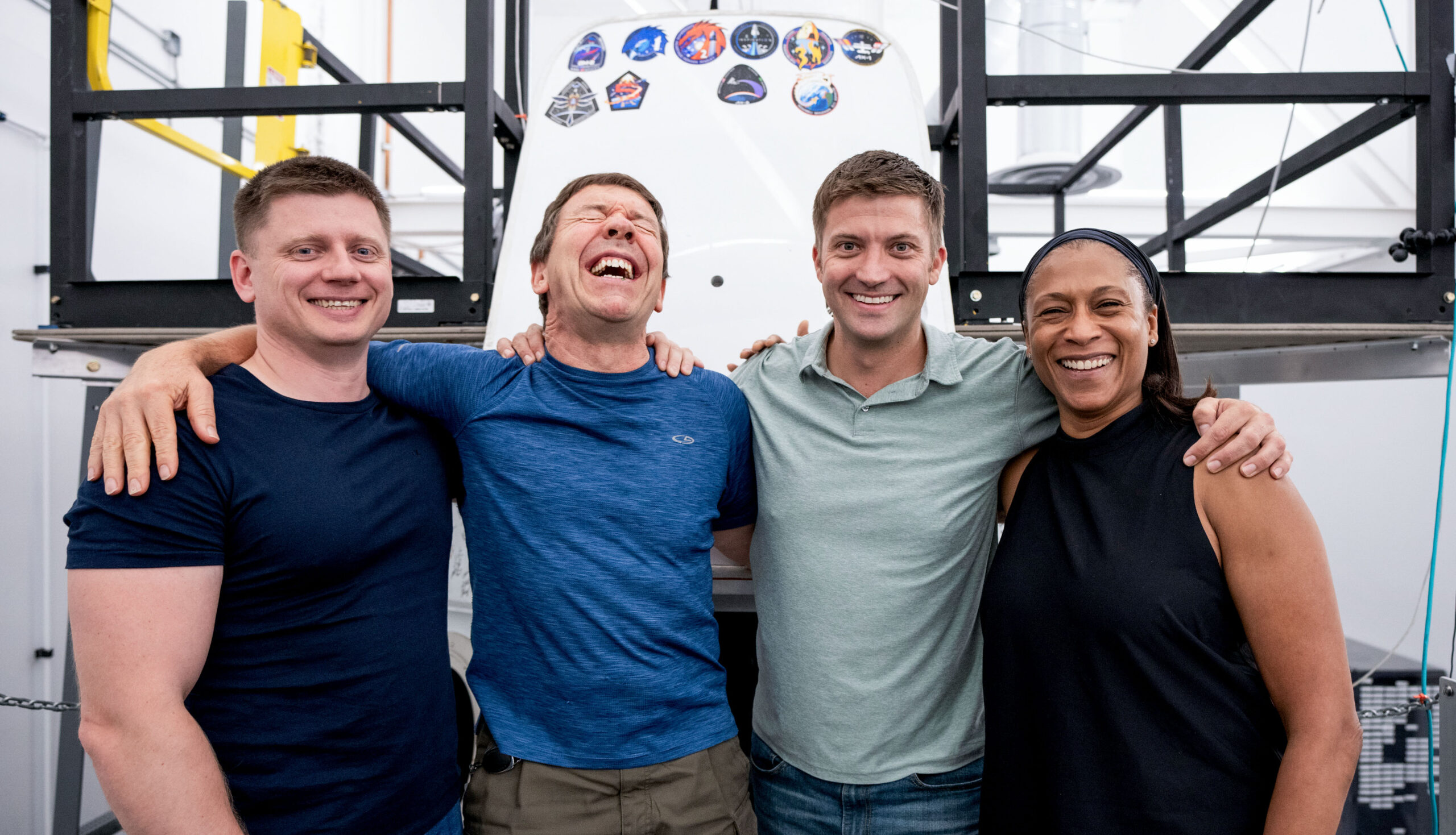
Sponsored by the National Stem Cell Foundation in Louisville, Ken., and the New York Stem Foundation Research Institute in New York, N.Y., and developed by BioServe Space Technologies, the Human Brain Organoid Models for Neurodegenerative Disease and Drug Discovery (HBOND) will examine mechanisms responsible for “neuroinflammation”, a common feature of neurodegenerative disorders. The investigation will use patient-derived induced pluripotent stem cells with Parkinson’s Disease and primary progressive multiple sclerosis to evaluate the effect of drugs in treating neuroinflammation, with results hopefully offering pointers toward improved diagnosis, insights into the effects of aging and identification of therapeutic targets for future patients.
The JAXA-led Study on Plant Responses Against the Stresses of Microgravity and High Ultraviolet Radiation in Space (Plant UV-B) is a collaboration between researchers from Tohoku University, Osaka Metropolitan University and Gunma University in Japan. It will seek to understand how stressors such as microgravity exposure, strong ultraviolet radiation and a combination of both affect Arabidopsis thaliana—thale cress—at molecular, cellular and whole-organism levels to develop improvements in plant-cultivation technologies for future human missions into deep space.
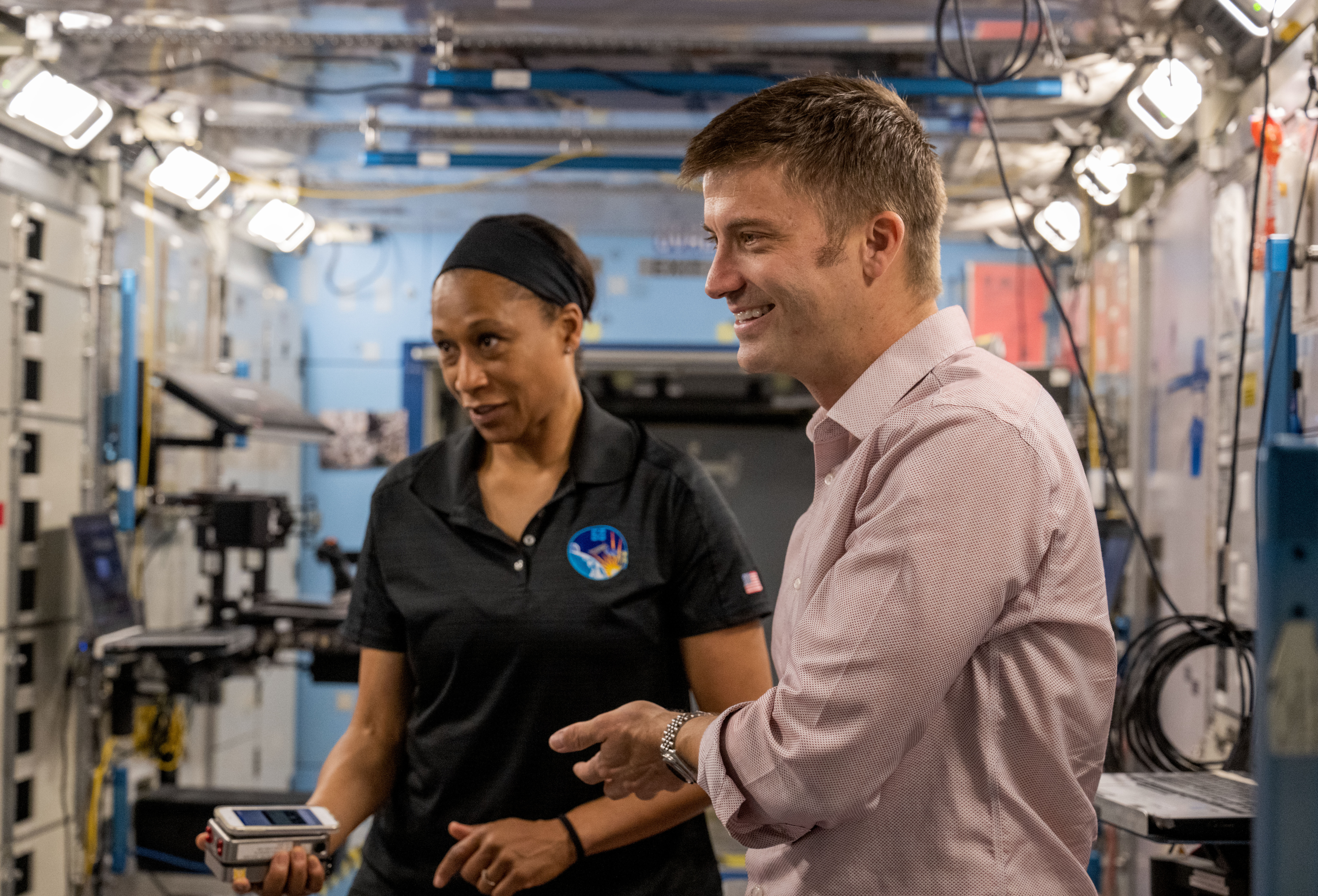
Elsewhere, NASA’s Thigh Cuff will evaluate a pressure cuff to counter the shift of body fluids in weightlessness and its potential impact upon eye structure and vision changes, known as Spaceflight Associated Neuro-ocular Syndrome (SANS). And ESA’s Incredible Edible Algae experiment will analyze how the cyanobacterium Limnospira responds to spaceflight conditions and its possible usefulness as a carbon dioxide removal tool with other applications in the production of oxygen and fresh food and as a radioprotector against harmful cosmic radiation.
During Crew-8’s stay, the ISS will welcome and bid farewell to ten or more visiting vehicles, both crewed and uncrewed. SpaceX’s CRS-30 Cargo Dragon is due to arrive in mid-March, with Northrop Grumman Corp.’s NG-20 Cygnus set to depart in July and its replacement, the NG-21 vehicle, tracking an August launch. Also targeting a summertime flight is Sierra Nevada Corp.’s first Dream Chaser cargo mission.
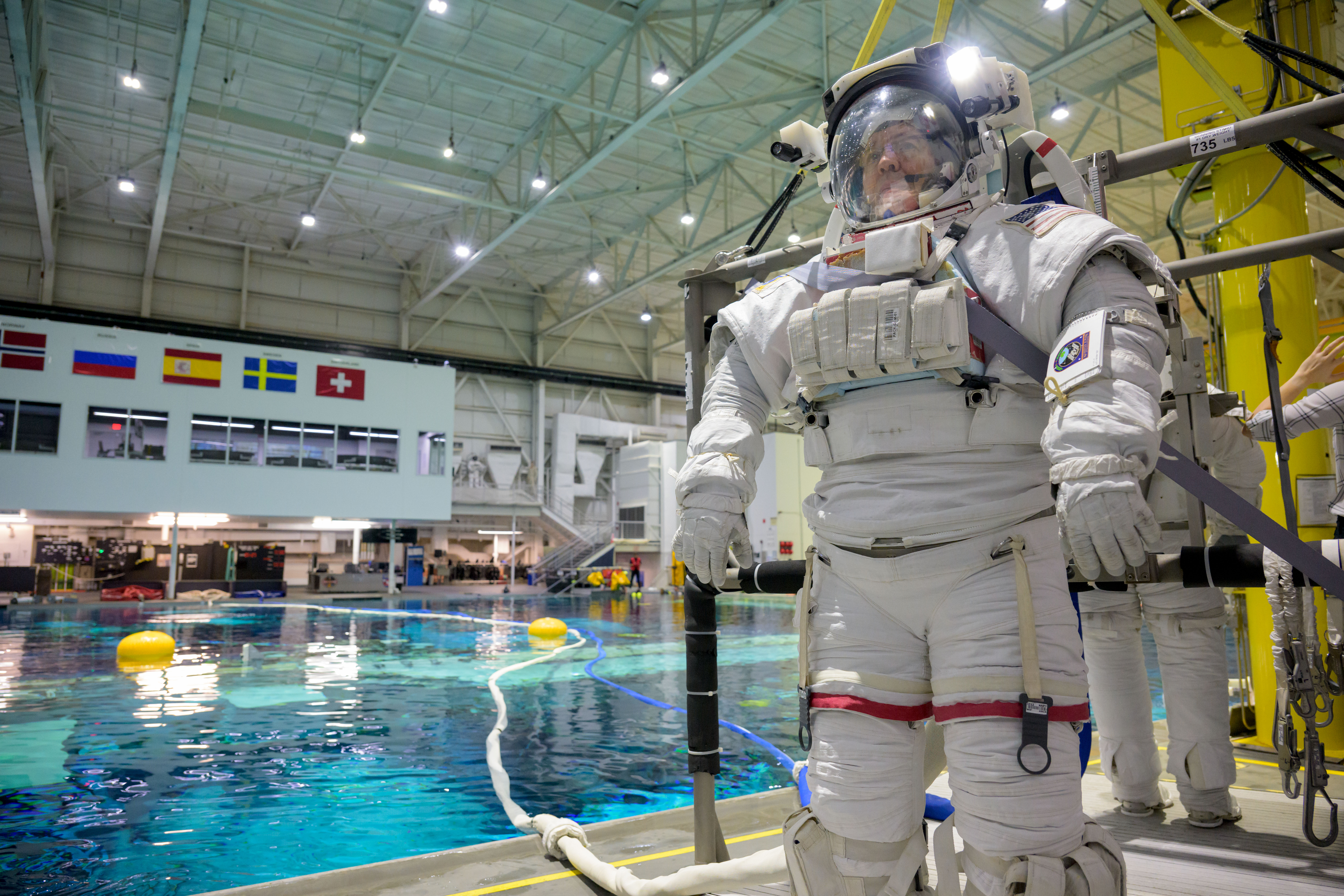
Added to that list, Russian Progress cargo ships will come and go, with pairs of vehicles set to depart in June and July and replacements aiming to arrive in June and August. And in addition to Soyuz MS-25, Boeing’s long-awaited Crew Flight Test (CFT) of the CST-100 Starliner spacecraft—carrying NASA astronauts Barry “Butch” Wilmore and Suni Williams—is scheduled to fly no sooner than 22 April, with Crew-9 astronauts Zena Cardman, Nick Hague and Stephanie Wilson, together with Russia’s Aleksandr Gorbunov, slated to arrive at the ISS around mid-August.




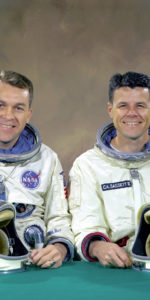
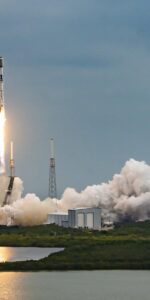
5 Comments
Leave a Reply5 Pings & Trackbacks
Pingback:SpaceX “Leaps”, Launches and Lands Falcon 9, Delivers 23 Starlinks to Orbit - SPACERFIT
Pingback:SpaceX Launches Transporter-10, Aims for Next Launch Under Two Hours Later - AmericaSpace
Pingback:Crew-7 Prepares for Monday Space Station Departure, Tuesday Splashdown - AmericaSpace
Pingback:Crew-7 Prepares for Monday Space Station Departure, Tuesday Splashdown - SPACERFIT
Pingback:Crew-7 Returns Safely, Ends 6.5-Month Space Station Mission - AmericaSpace